Sacramento Food Scene: Best New Restaurants 2025
Sacramento's dining landscape continues to evolve in 2025, with new restaurant openings bringing fresh flavors and innovative concepts to California's capital city. The city maintains its reputation as a culinary destination where traditional techniques meet modern innovation.
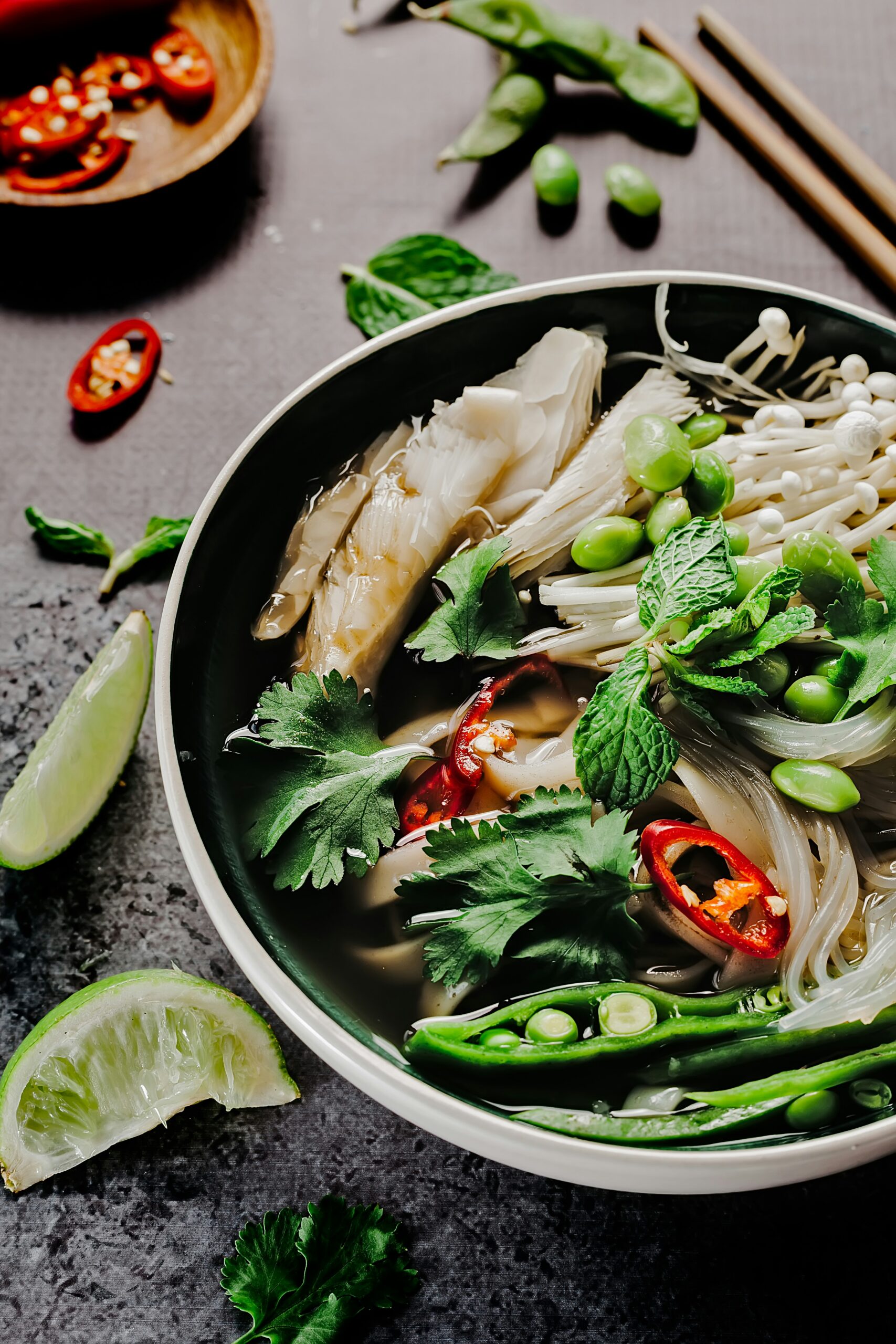
Sacramento's 2025 restaurant scene showcases both established farm-to-fork pioneers and exciting newcomers that highlight the region's agricultural abundance. Popular chains are making their debut alongside locally-owned establishments, creating diverse dining options throughout the metropolitan area.
The capital's proximity to Central Valley farmlands continues to influence restaurant menus, with chefs emphasizing seasonal ingredients and sustainable practices. This agricultural connection shapes both longstanding establishments and recently opened venues, offering diners authentic California cuisine that reflects the region's farming heritage.
Sacramento Food Scene: Best New Restaurants 2025
Best New Restaurants in Sacramento 2025
Sacramento's dining landscape has expanded significantly this year with innovative concepts ranging from authentic Vietnamese cuisine to elevated farm-to-table experiences. Three local establishments have earned recognition in the 2025 Michelin Guide for California, highlighting the city's growing culinary reputation.
Breakout Dining Destinations and Culinary Concepts
Hanoi 36 stands out among the favorite new spots in 2025 for its authentic northern Vietnamese cuisine. Located in East Sacramento, the restaurant opened last winter and specializes in traditional dishes that differ from typical Vietnamese fare found elsewhere in the city.
The restaurant's spring rolls have gained particular attention from diners. Their signature bun chai Hanoi represents a regional specialty rarely found in Sacramento's dining scene.
Majkas continues to evolve its concept with expanded offerings. The establishment has added a small dining experience to complement its established pizza and bread service. The restaurant maintains consistent quality while introducing new elements to attract diners seeking unique culinary experiences.
Signature Dishes and Chef Highlights
Hanoi 36's menu focuses on northern Vietnamese specialties that distinguish it from other Vietnamese restaurants in Sacramento. The spring rolls feature a distinctive preparation method that creates a different texture and flavor profile.
Bun chai Hanoi serves as the restaurant's standout dish. This noodle preparation follows traditional northern Vietnamese techniques and ingredients that reflect authentic regional cooking methods.
Majkas has developed recognition for its artisanal bread and pizza offerings. The restaurant's commitment to quality ingredients and traditional preparation methods has earned consistent praise from returning customers.
The establishment's small dining experience allows chefs to showcase specialized preparations in an intimate setting. This format enables more direct interaction between kitchen staff and diners.
Neighborhood Hotspots and Unique Openings
East Sacramento has emerged as a destination for authentic international cuisine with Hanoi 36's arrival. The neighborhood's dining scene benefits from restaurants that serve specific regional cuisines rather than generalized ethnic food.
The location attracts both local residents and food enthusiasts from across the metropolitan area. East Sacramento's residential character provides a community-focused atmosphere for new restaurant concepts.
Majkas represents the evolution of existing Sacramento establishments rather than completely new openings. The restaurant's expansion demonstrates how established businesses adapt to changing diner expectations.
Key New Restaurant Features:
- Authentic regional Vietnamese cuisine
- Artisanal bread and pizza concepts
- Interactive dining experiences
- Neighborhood-focused locations
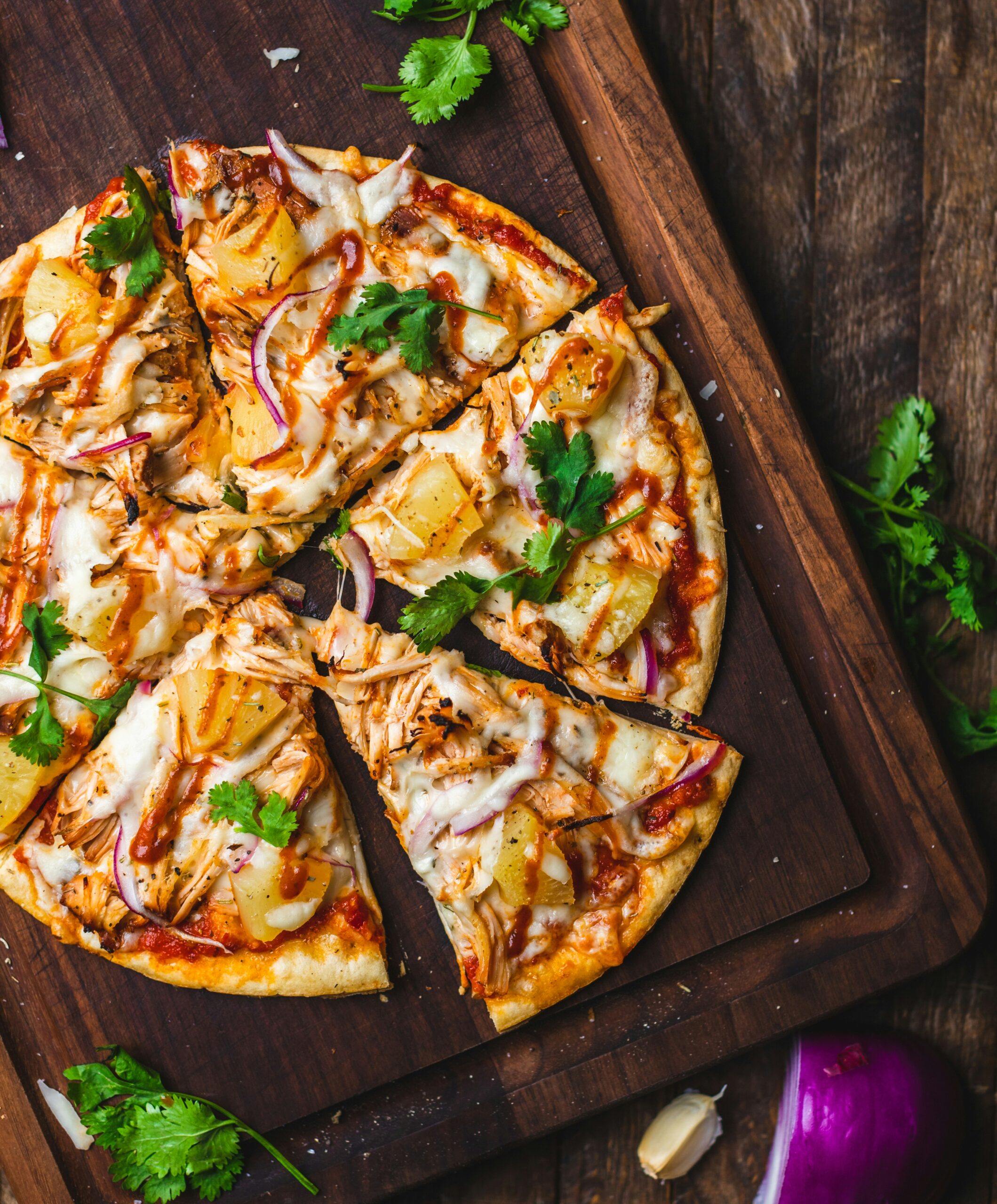
Best New Farm-to-Fork Restaurants in Sacramento
Sacramento's newest farm-to-fork establishments are building direct relationships with Central Valley producers and implementing zero-waste practices. These restaurants feature menus that change weekly based on harvest cycles and employ chefs with backgrounds at nationally recognized sustainable dining establishments.
Locally Sourced Menus and Sustainability
The 7th Street Standard at Hyatt Centric Sacramento showcases Contemporary California cuisine with ingredients sourced within a 150-mile radius. The restaurant partners with Capay Valley farms and implements composting programs that return food waste to partner properties.
Several establishments have adopted zero-waste kitchen practices. These include root-to-stem cooking techniques and house-made vinegars from fruit scraps. Restaurants track their carbon footprint through detailed supply chain monitoring.
Seasonal menu rotations occur every 2-3 weeks based on harvest schedules. Winter menus feature citrus from Placer County orchards, while summer offerings highlight Delta asparagus and Sacramento Valley tomatoes.
New restaurants are installing on-site herb gardens and partnering with urban farming initiatives. Some establishments reserve 30% of their menu items for hyper-local ingredients grown within city limits.
Farm Partnerships and Seasonal Ingredients
Direct purchasing agreements with family farms eliminate middlemen and ensure ingredient freshness within 24 hours of harvest. Restaurants commit to buying entire crops, including imperfect produce that might otherwise go to waste.
Key partnerships include:
- Delta farms for specialty vegetables
- Placer County stone fruit orchards
- Central Valley grass-fed cattle ranches
- Coastal sustainable seafood suppliers
Chefs visit partner farms monthly to plan seasonal menus and understand growing cycles. These relationships allow restaurants to influence planting decisions and secure exclusive access to heritage varieties.
Some establishments maintain preservation programs during peak seasons. They pickle surplus vegetables, cure meats, and create fermented products to extend seasonal flavors throughout the year.
Notable Farm-to-Fork Chefs and Teams
Executive chefs at Sacramento's newest farm-to-fork restaurants bring experience from Michelin-starred establishments and James Beard Award-winning kitchens. Many have completed stages at restaurants known for sustainable practices.
Chef backgrounds include:
- Alumni from Chez Panisse and Blue Hill
- Former sous chefs from San Francisco's sustainable dining scene
- Culinary school graduates with farm internship experience
These culinary teams emphasize traditional preservation techniques and whole-animal utilization. Chefs often hold dual roles as menu developers and farm liaison coordinators.
Kitchen staff participate in harvest activities and maintain direct relationships with producers. This hands-on approach ensures understanding of seasonal constraints and optimal ingredient handling practices.
Several chefs have launched educational programs teaching home cooks about seasonal cooking and sustainable ingredient selection through monthly workshops and farm tours.
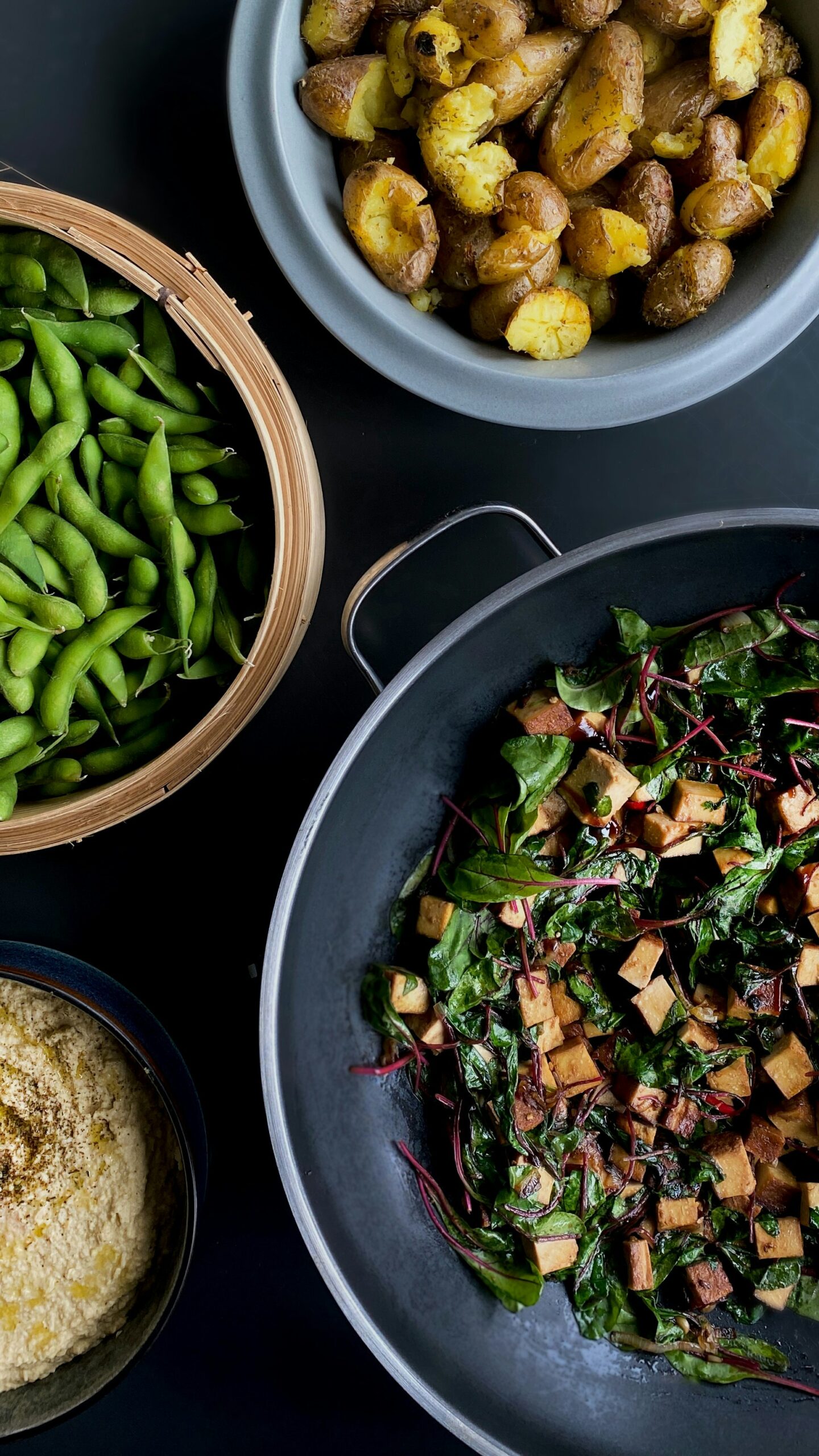
Top New & Noteworthy Restaurants
Chu Mai (Ice Blocks, Midtown)
- Vibe/Dish: Modern Vietnamese with creative cocktails and a lively bar atmosphere.“Chu Mai … amazing menu, and the bar program is getting expanded soon!”
Kin Thai (Midtown)
- Vibe/Dish: Family-run Thai kitchen, spicy, flavor-packed.“Kin Thai’s massaman curry and fried chicken are so. damn. good.”
- Accolades: Featured in the 2025 Michelin Guide.
Majka (Midtown)
- Vibe/Dish: Seasonal, wood-fired pizzas with locally sourced ingredients; wine-focused.“Amazing pizza and bread … they just keep getting better and better!”
- Accolades: Recognized by the 2025 Michelin Guide.
Pho Momma (Folsom Blvd strip mall)
- Vibe/Dish: Authentic Vietnamese pho and soups, comforting and rich.
- Accolades: 2025 Michelin Bib Gourmand honoree and Guide listing.
Kru (Folsom Blvd)
- Vibe/Dish: High-end sushi & omakase, led by acclaimed chef Billy Ngo.
- Known For: Perfect nigiri, specialty rolls, $200 omakase.
Hanoi 36 (East Sacramento)
- Vibe/Dish: Northern Vietnamese flavors—spring rolls and bun chai with grilled meatballs.“Their spring rolls hit different … get bun chai Hanoi.”
Bawk! by Urban Roots (R Street Corridor)
- Vibe/Dish: West Coast‑style fried chicken and inventive “bawktails,” often with DJs spinning.
Ella Dining Room & Bar (Downtown)
- Vibe/Dish: Elegant farm‑to‑fork bistro—crisp fried chicken, truffle brioche rolls, roasted garlic flavors.
Hawks Public House (East Sacramento)
- Vibe/Dish: Cozy gastropub—Parmesan-fried Brussels sprouts, seasonal fusilli with whipped Brie.
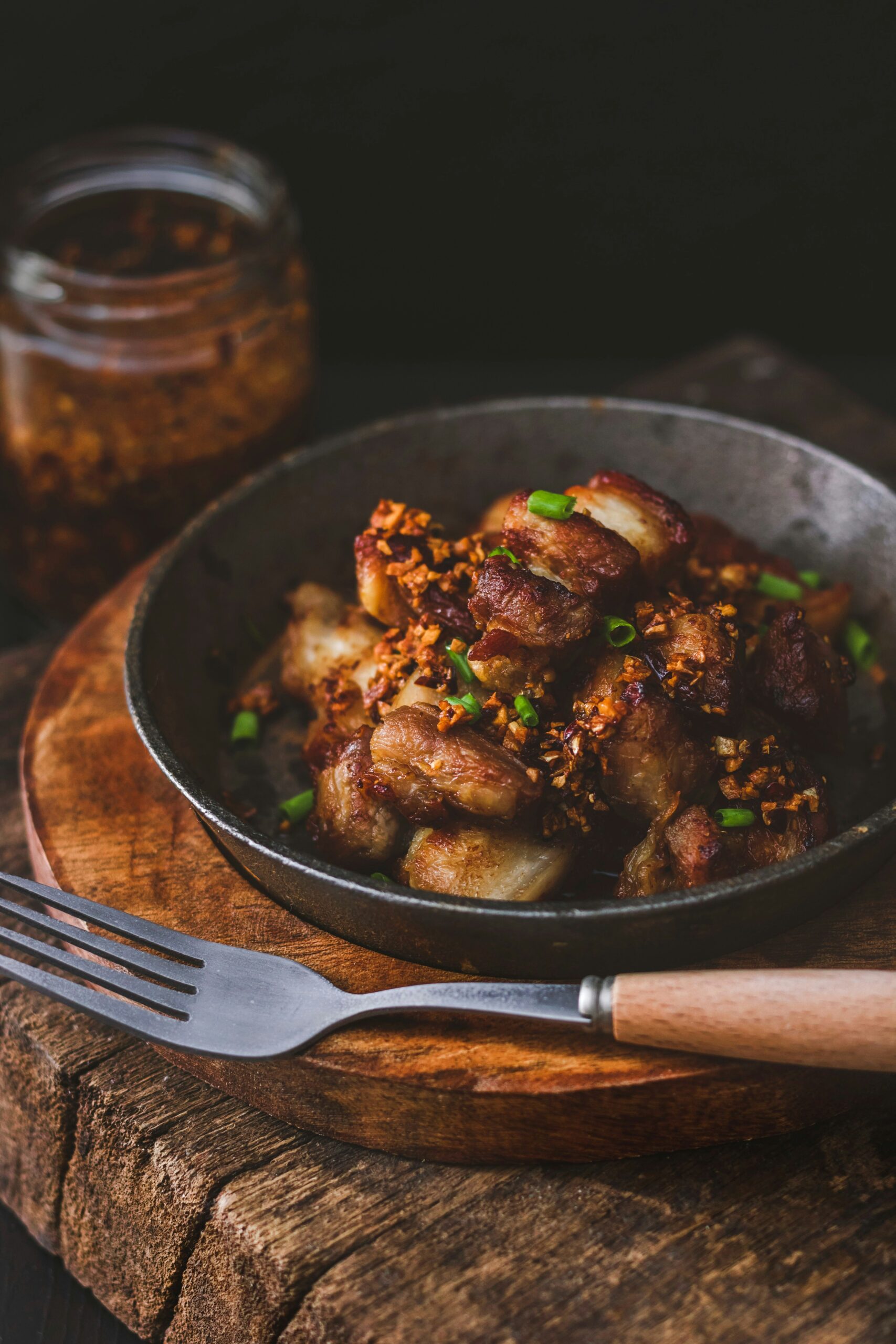
Sacramento Food Renaissance Itinerary (3 Days)
Theme: Best New Restaurants + Foodie Hotspots in 2025
Seasonal Focus: Summer/Fall
Ideal For: Couples, friends, solo foodies, or weekend adventurers
Location: Sacramento, Midtown, East Sac, Downtown, and R Street Corridor
Day 1 – Midtown Flavor Crawl & Michelin Mentions
Morning
- Start at: Temple Coffee (K St.) – for third-wave coffee & people-watching.
- Breakfast: Pho Momma – cozy Vietnamese spot in a strip mall, Bib Gourmand 2025 winner. Try the classic beef pho or their egg rolls with house dipping sauce.
Explore:
- Wander Midtown’s murals and local shops.
- Visit Sutter’s Fort or Capitol Park for a short scenic stroll.
Lunch:
- Majka Pizzeria & Bakery (Michelin Guide 2025) – seasonal pizzas, sourdough, and curated wines. Must-try: wild mushroom pizza or the focaccia with pickled veggies.
Afternoon Happy Hour:
- Chu Mai – elevated Vietnamese street food with a craft cocktail menu. Try the lemongrass wings and a kumquat mojito.
Dinner:
- Kru – High-end Japanese spot, perfect for omakase or upscale rolls. Book early. Try: $200 Omakase, sashimi sampler, or toro nigiri.
Optional Dessert:
- Ginger Elizabeth – get the salted caramel macaron ice cream sandwich or seasonal sorbet.
Day 2 – Global Bites & Downtown Glam
Morning Brunch:
- The Mill Coffee or Old Soul Co. for espresso and pastries.
- Head to Hanoi 36 (East Sacramento) for Northern Vietnamese bun cha Hanoi and fresh spring rolls.
Midday Activities:
- Explore R Street Corridor – home to murals, creative spaces, and indie boutiques.
- Optional detour: Crocker Art Museum (Downtown) or Old Sacramento Waterfront.
Lunch:
- Bawk! by Urban Roots – West Coast-style fried chicken and fun “bawktails.” Grab the spicy thigh sandwich or chicken + waffle fries.
Wine Break:
- Stop by Revolution Wines for local sips and small plates. Their Syrah pairs beautifully with warm weather.
Dinner:
- Ella Dining Room & Bar – downtown staple with seasonal elegance. Try the truffle chicken, brioche rolls, and a side of roasted garlic butter potatoes.
Nightcap:
- The Shady Lady Saloon – prohibition-style bar with live jazz and vintage cocktails. Don’t skip the bourbon peach sour.
Day 3 – Farm-to-Fork Finale + Wine Country Detour
Morning:
- Breakfast at Tower Café – tropical garden patio and globally inspired dishes. Must-try: famous French toast or banana macadamia nut pancakes.
Midday Cheese & Wine Pairing (Mini Day Trip)
- Detour to Suisun Valley (45 minutes) – Napa’s lesser-known cousin.
- Visit Vezer Family Vineyard or Suisun Creek Winery for tastings.
- Pair with artisan cheese from Suisun Valley Filling Station.
Late Lunch:
- Head back and stop at Hawks Public House in East Sac – cozy comfort food. Try Parmesan-fried Brussels sprouts and house-made fusilli with whipped Brie.
Final Dinner Celebration:
- Localis – elevated tasting menu experience (Michelin-starred). Reserve ahead. Must-try: seasonal tasting menu with wine pairings.
Optional Add-ons
- Dessert Tour:
- Faria Bakery – fresh fruit tarts, croissants, and galettes.
- Devil May Care Ice Cream – small batch, creative flavors.
- Late-Night Hangout:
- The Trap – Sacramento’s beloved dive bar institution. Great spot to end the night with locals.
Pro Tips
- Reservations Needed: Kru, Ella, Localis, Majka.
- Walkable Zones: Midtown & R Street are ideal for park-and-explore days.
- Travel Tip: Use JUMP bikes or scooters for easy Midtown transportation.
Planning a foodie weekend in Sacramento? Here’s your perfect 3-day itinerary!! Download and print one (or both!) below!
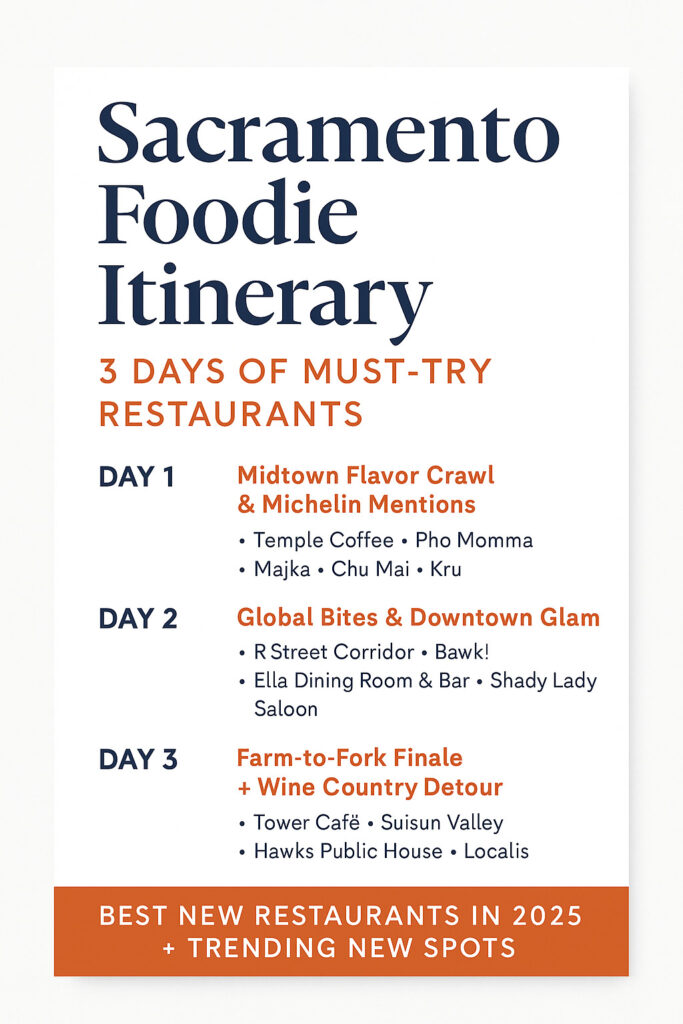
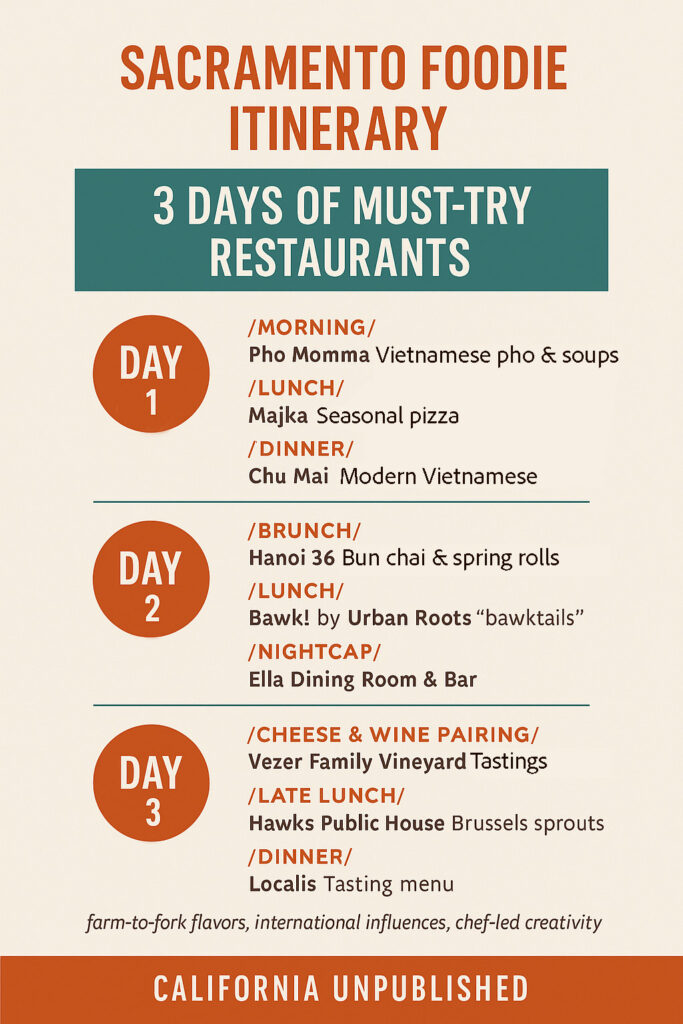
Frequently Asked Questions
Sacramento's dining landscape continues to evolve with new establishments emphasizing local sourcing and innovative culinary approaches. Diners frequently inquire about standout openings, acclaimed farm-to-fork venues, and sustainable dining options throughout the metropolitan area.
What are the top-rated new restaurants in Sacramento for 2025?
The new restaurant scene in Sacramento features diverse cuisines ranging from Vietnamese coffee shops to Mediterranean establishments. Tandoori Pizza has gained attention after joining Downtown Commons following a successful pop-up at a Kings game.
Super Duper Burgers opened a 5,000-square-foot location in Roseville, expanding the region's casual dining options. Restaurant food trends for 2025 emphasize seafood sourced with farm-to-fork standards and cafes offering elevated food experiences.
Many establishments focus on seasonal ingredients and locally-sourced products. The capital city's restaurant additions reflect the area's agricultural abundance and commitment to fresh dining experiences.
Which farm-to-fork restaurants in Sacramento have received critical acclaim recently?
Sacramento maintains its reputation as America's farm-to-fork powerhouse with restaurants emphasizing locally-sourced ingredients. The city's agricultural surroundings provide fresh produce that chefs transform into innovative dishes.
Farm-to-fork dining in Sacramento celebrates the region's food and agriculture through seasonal menus. Local chefs work directly with farmers, ranchers, vintners, and brewers to create distinctive dining experiences.
The emphasis on agricultural heritage drives many restaurant concepts. Establishments showcase ingredients like locally-grown peaches, crisp asparagus, and other seasonal produce in their menus.
Where can I find the best new culinary experiences in Midtown Sacramento?
Midtown Sacramento offers various dining establishments that emphasize fresh, local ingredients. The area features restaurants that participate in the city's farm-to-fork movement with seasonal menu changes.
New openings in the Midtown district focus on craft beverages and locally-sourced food options. Many establishments feature California wines and craft beers alongside their farm-fresh menus.
The neighborhood's dining scene reflects Sacramento's agricultural connections. Restaurants often change their offerings based on seasonal availability from local farms and producers.
Are there any notable new farm-to-fork eateries in the surrounding areas of Sacramento, such as Folsom or Roseville?
Recent restaurant openings include Super Duper Burgers' new 5,000-square-foot location in Roseville. This expansion demonstrates the growing dining scene in Sacramento's surrounding areas.
Folsom and Roseville restaurants increasingly emphasize locally-sourced ingredients. These establishments benefit from the region's agricultural abundance and proximity to Sacramento's farm-to-fork movement.
Suburban locations often feature larger spaces for dining experiences. Many new establishments in these areas incorporate patio dining and family-friendly atmospheres while maintaining focus on fresh ingredients.
Can you recommend a list of must-visit food destinations near the Golden 1 Center?
Downtown Commons houses several dining options including Tandoori Pizza, which joined the area after successful pop-up events. The entertainment district offers convenient dining before and after events at Golden 1 Center.
Restaurants near the arena emphasize quick service and quality ingredients. Many establishments cater to sports fans and concert-goers with extended hours during events.
The downtown area features diverse cuisine options within walking distance of the venue. Dining establishments range from casual to upscale, accommodating various preferences and budgets.
What farm-to-fork dining options are available that also boast sustainable practices?
Sacramento restaurants increasingly adopt sustainable sourcing practices alongside their farm-to-fork approaches. Current restaurant trends include seafood sourced with the same standards applied to locally-grown vegetables.
Many establishments work directly with local farms to reduce transportation impacts. These partnerships support regional agriculture while ensuring ingredient freshness and quality.
Restaurants emphasize seasonal menus that reflect local growing cycles. This approach reduces environmental impact while showcasing the region's diverse agricultural production throughout the year.






